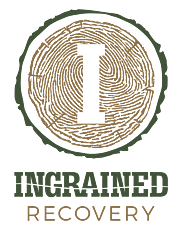Looking at REBT Therapy & Exercises as Evidence-Based Support
Rational Emotive Behavior Therapy is an incredibly helpful, evidence-based therapy. Behavioral health professionals use REBT worksheets and therapies to address numerous mental health challenges. It’s valuable when reshaping cognitive distortions and irrational beliefs. Our REBT therapy worksheets are the perfect complement to regular therapy sessions.
Ingrained Recovery in Eastman, GA, uses rational emotive behavioral therapy in our custom-designed therapy plans, especially when they struggle with untrue thoughts that worsen their mental health. Asking challenging questions about the validity of negative emotions can encourage clients to develop stronger problem-solving skills.
Please read on to learn more about how the rational emotive behavior therapy ABC model has helped countless people overcome common cognitive distortions.
REBT Worksheets: Our Printable Journal Page Handouts
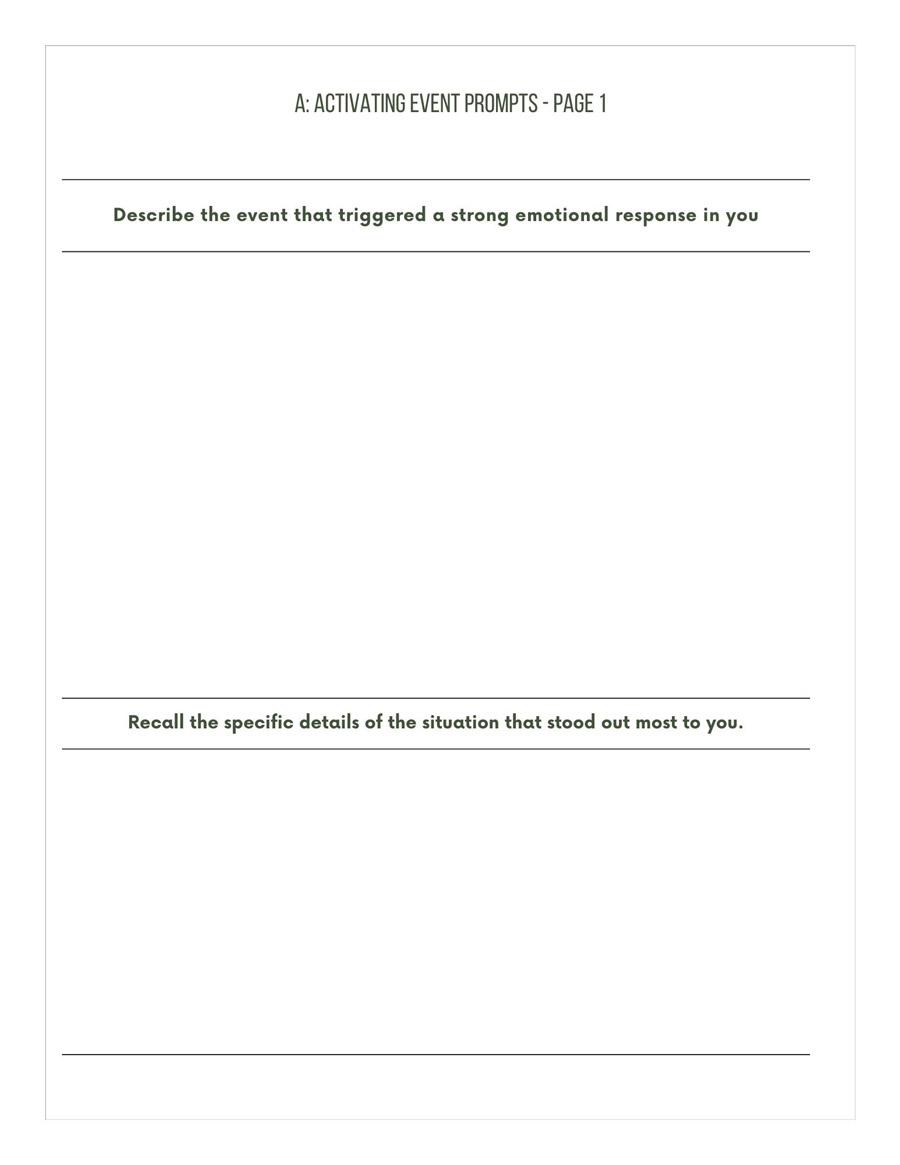
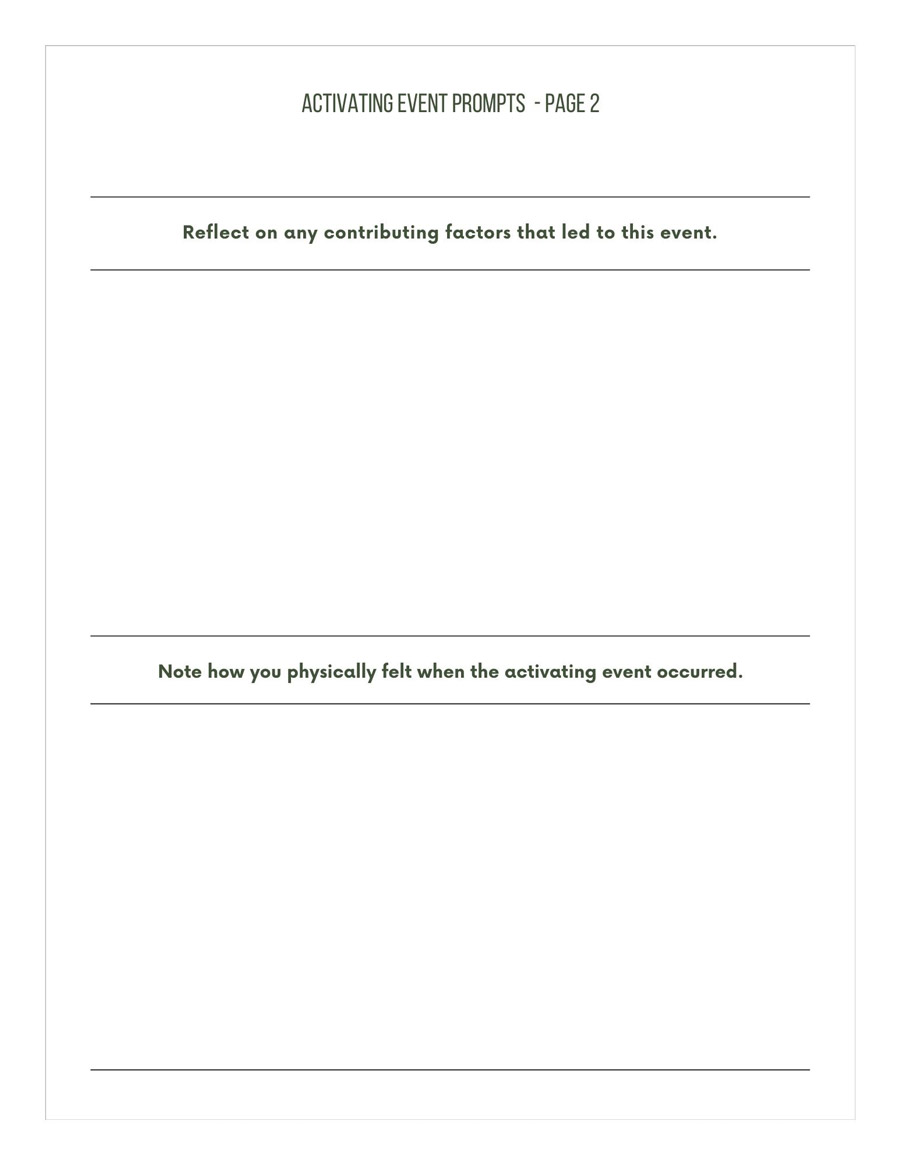
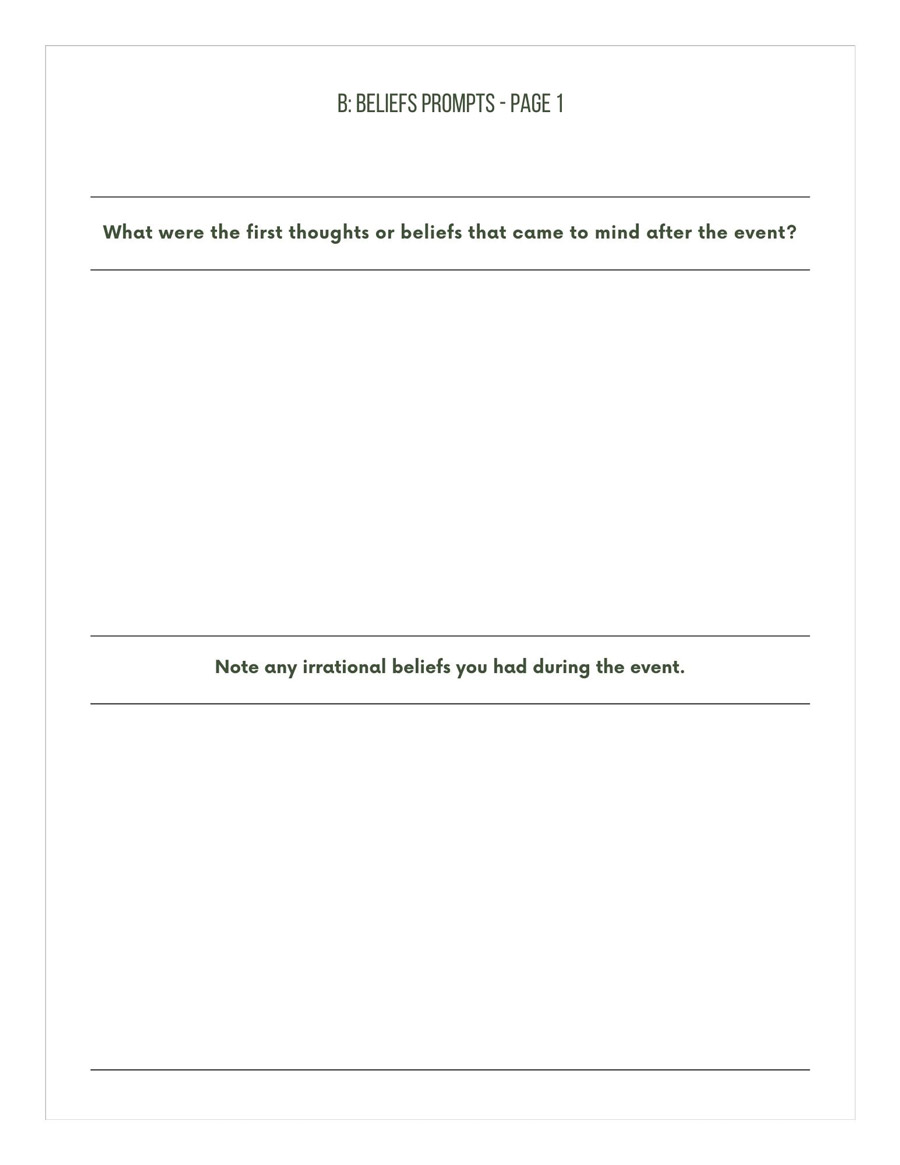

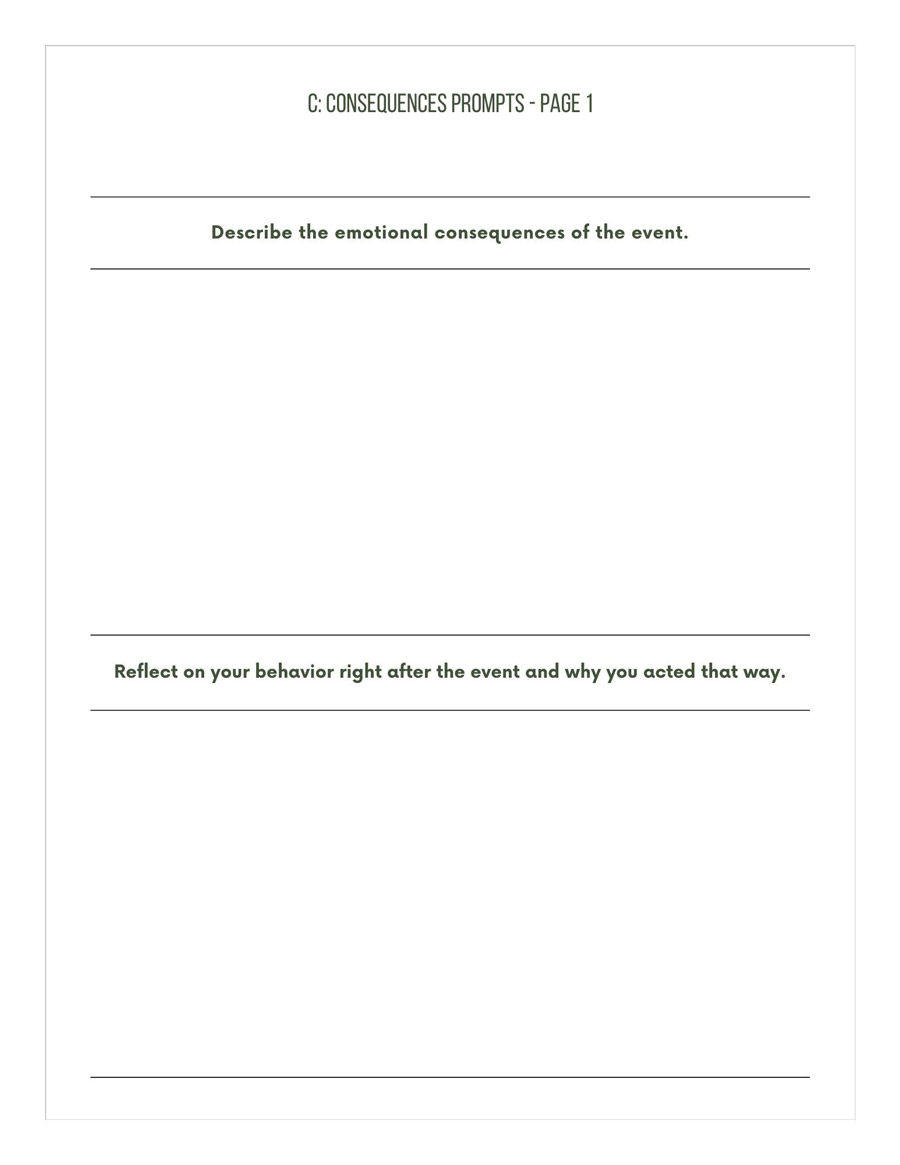
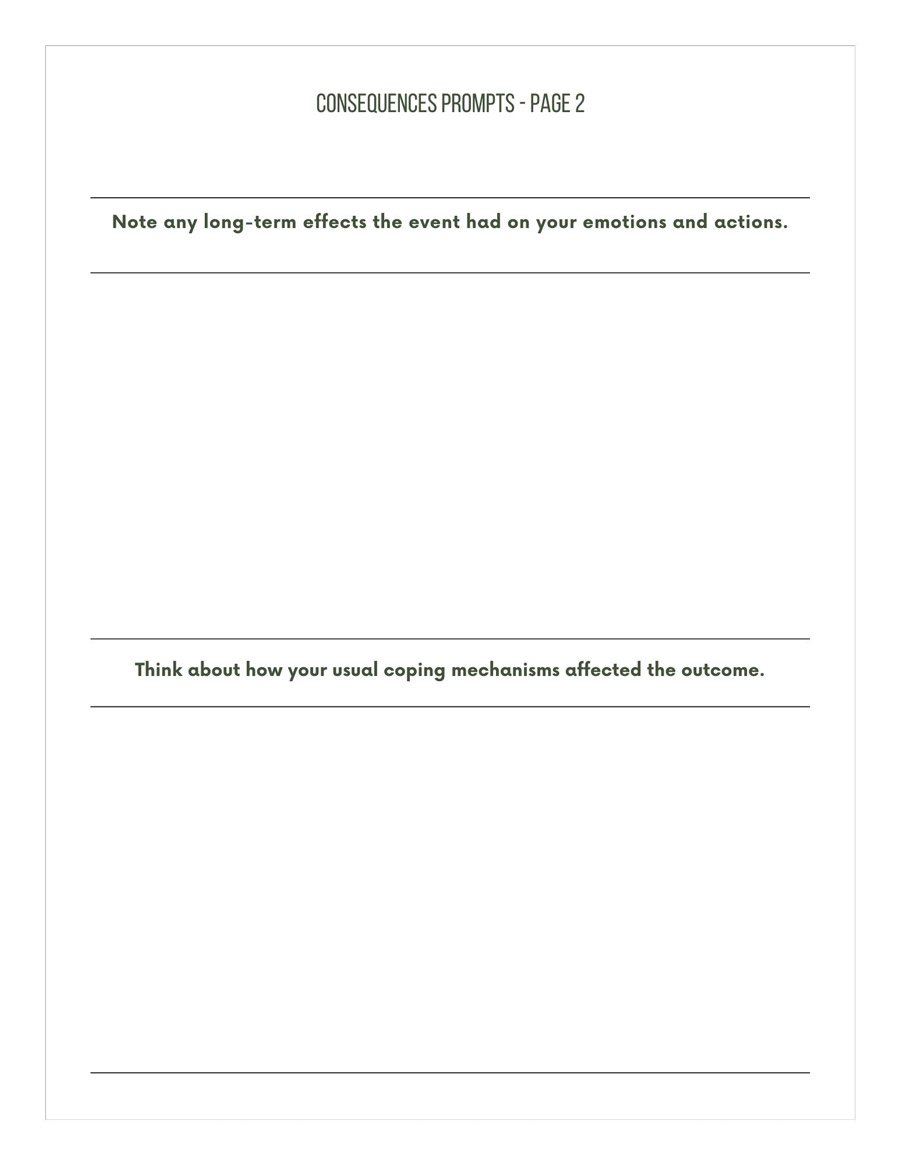
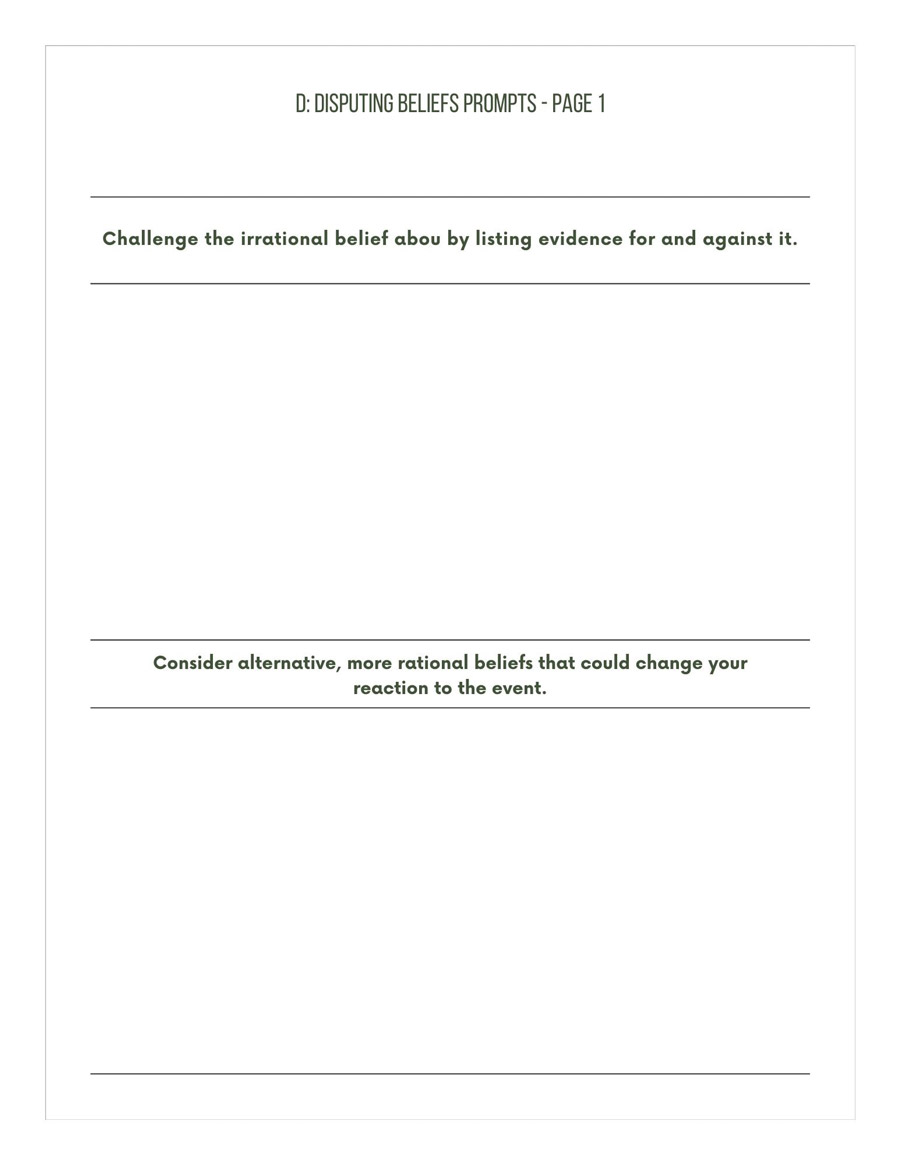
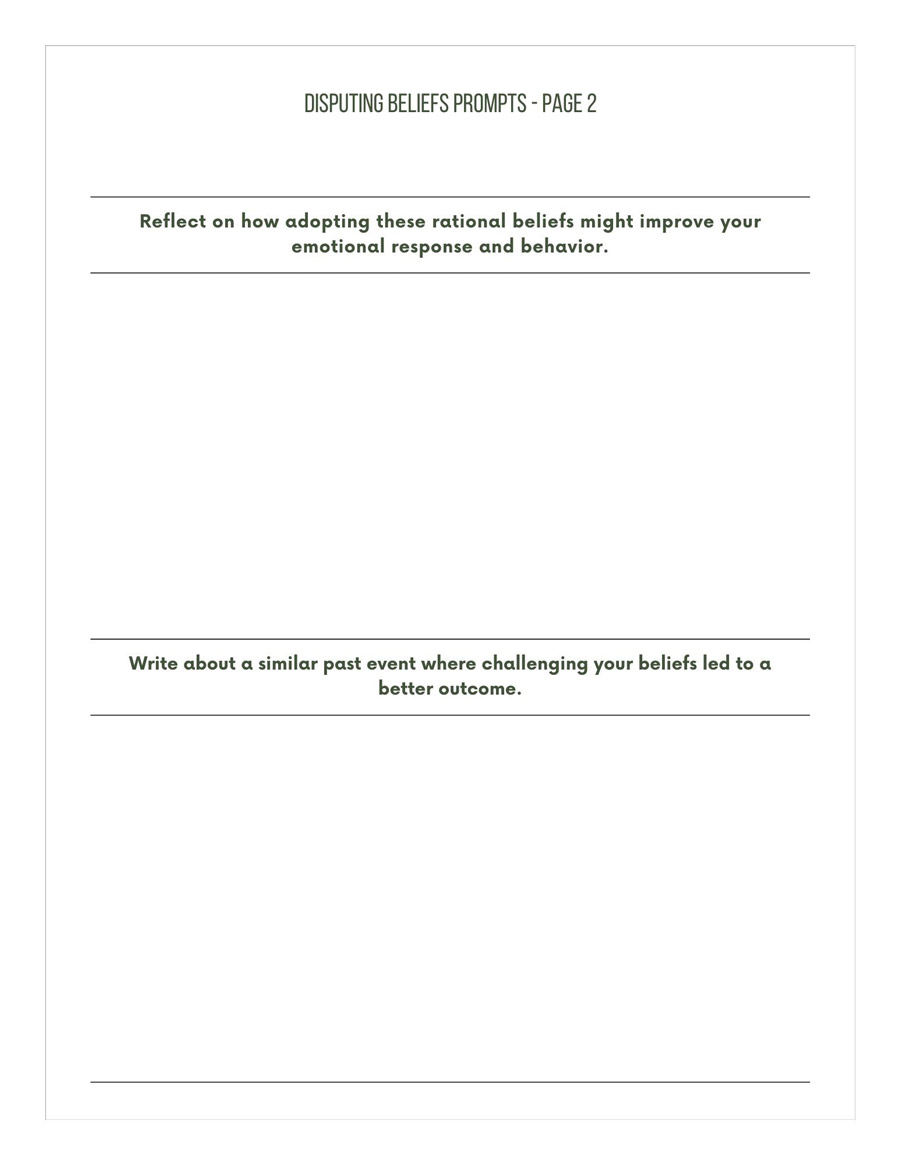
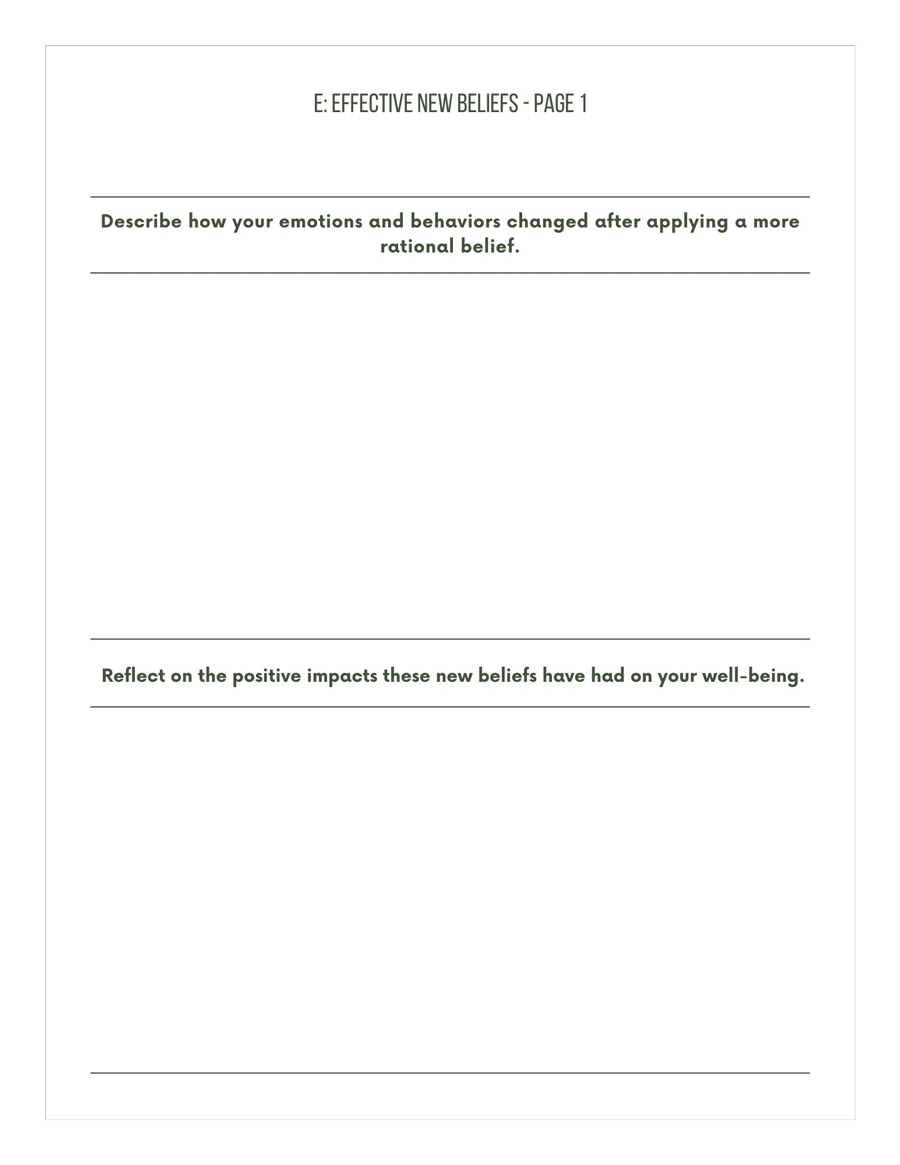
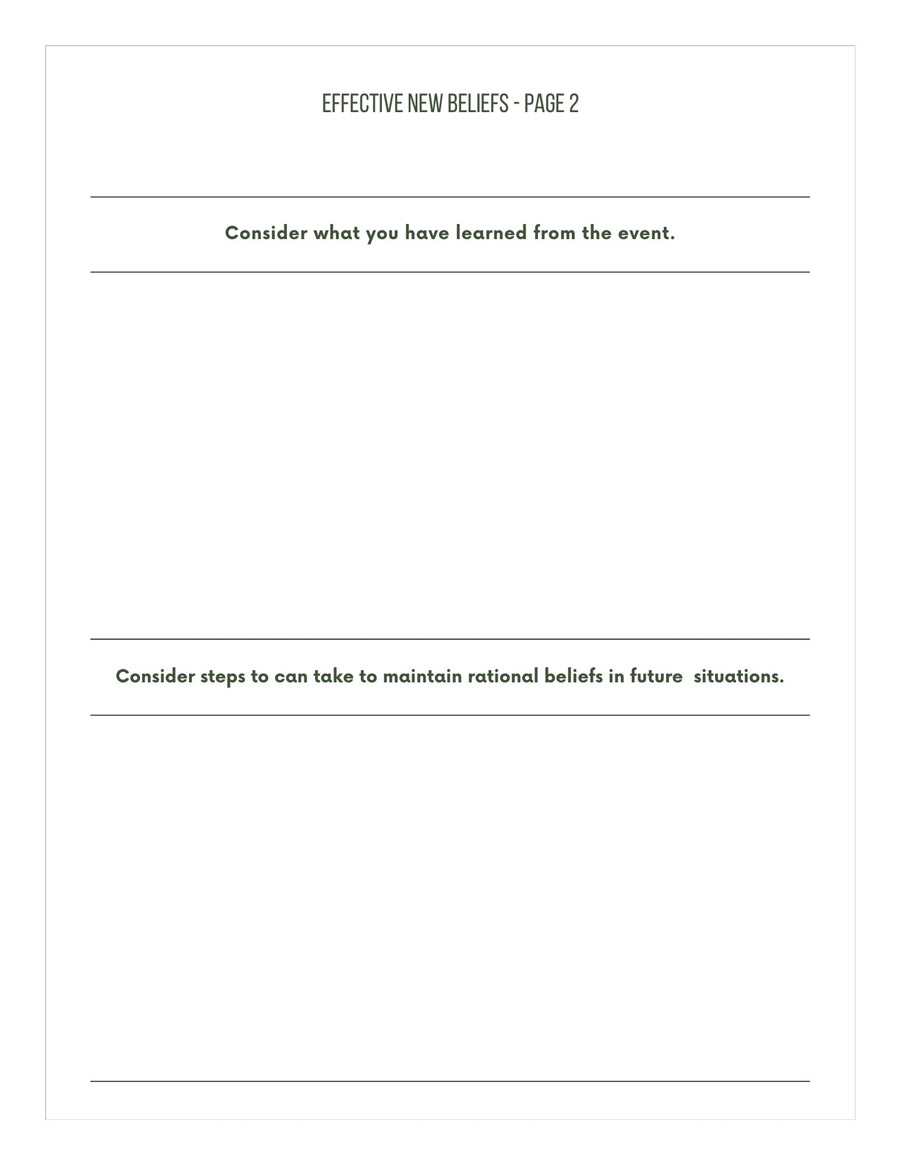
If you are receiving rational emotive behavior therapy, our REBT worksheets will complement your formal sessions. Each worksheet addresses one of the 5 stages of rational emotive behavior therapy and provides 4 compelling journal prompts. You’ll find space to write, reflect, and consider the life experiences that have caused the cognitive distortions.
As you write, consider and connect with your innermost feelings. Don’t worry about the quality of your grammar or punctuation, these handouts are about getting to the heart of what’s behind your negative feelings. The process of writing provides therapeutic release and is science-based.
Confidential Trauma and PTSD Assessment
Find Help At Ingrained Recovery
History of Rational Emotive Behavior Therapy
Albert Ellis, Ph.D., was a clinical psychologist and the founder of the Albert Ellis Institute in New York City, where he practiced. He developed REBT, an evidence-based psychotherapy, in 1955.
The treatment method came to him after he grew impatient with the slow progress of traditional psychology methods. As he started implementing his ABC model, he noticed that changing cognitive distortions helped people recover sooner.
REBT is a Type of Cognitive Behavioral Therapy

Cognitive Behavioral Therapy (CBT) is a mental health treatment that helps clients identify negative thoughts to change them. The therapy improves emotional regulation and helps reduce problematic thoughts that lead to unwanted behaviors.
There are several sub-types of CBT, including these:
- Rational emotive behavior therapy
- Four zones therapy
- Dialectical behavioral therapy
- Acceptance and commitment therapy
- Cognitive processing therapy
While it’s helpful to know that many subsets of cognitive behavioral therapy exist, we’ll focus only on REBT for the rest of this page.
REBT Helps Address Behavioral and Mental Health Challenges
Behavioral therapists turn to REBT worksheets and counseling when clients have irrational thoughts or beliefs that lead to mental health challenges or harmful behaviors. Some common diagnoses that benefit from this form of CBT are:
- Anxiety disorders
- Depression
- Uncontrollable anger
- Phobias
- Obsessive-compulsive disorder (OCT)
- Substance use disorder (alcohol or drug addiction)
- Co-dependent relationship concerns
- Uncontrolled stress (often related to PTSD)
The therapy goal is to help clients understand how their untrue beliefs (called cognitive distortions) impact emotional responses and behavior. Once they understand the connection, they’re better equipped to use the tools to reshape their thoughts.
The ABC Model of REBT Can Change Irrational Beliefs
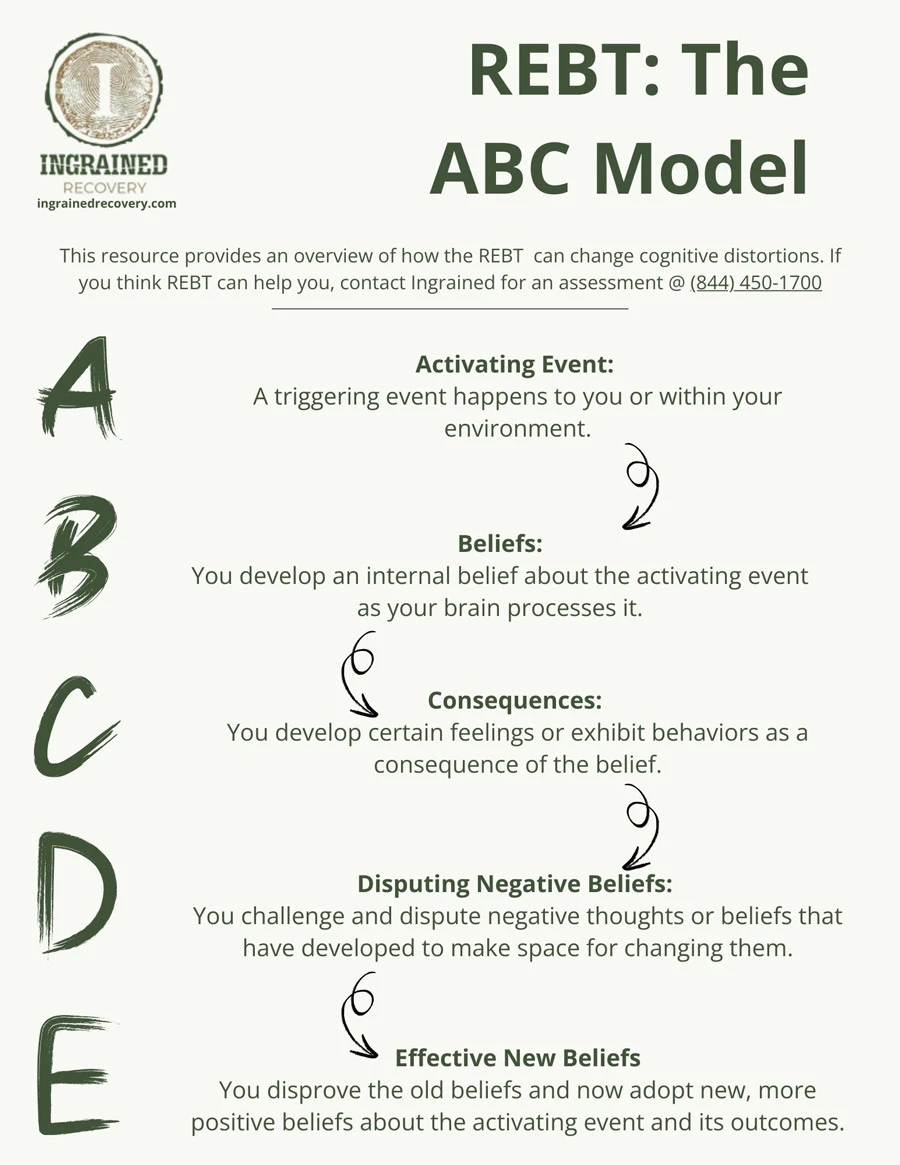
Rational emotive behavior therapy works by increasing awareness of negative thought and changing them in a process called cognitive restructuring. While the name is “ABC model,” psychology now also acknowledges two additional principles, D and E.
As we discuss each step, you’ll follow the progress of ‘Tony,’ who faces life challenges and PTSD after leaving military service. Follow the resource guide to the ABC model (below) to see how each step applies to Tony’s negative emotions and behaviors.
A: Activating Event
Therapy starts with seeking answers about what started the negative thought patterns or patterns of denial that are counterproductive. The activating event is something that happened to the client directly or something within the environment. A direct impact might be an assault.
Something in the environment might be growing up in a home watching parents treating each other abusively. Recognition of this event is the first step to understanding behavioral and mental responses.
Example: Things Contributing to the Activating Events
Tony engaged in three tours in Afghanistan. Military life taught him to keep his feelings to himself and deal with accepting orders that he secretly thought didn’t make sense. Several of his buddies had received extremely debilitating injuries as a result of those decisions.
Tony’s therapist helped him determine the causes of his issues in rational emotive behavior therapy sessions.
B: Beliefs: What Behaviors and Thoughts Have Developed?
The next stage sheds light on the internal processing of the activating event and developed beliefs about it. For some patients, this can be fears disproportionate to the event; in others, it might be lack of confidence in their ability to protect themselves. These beliefs are broad in scope and vary significantly from one person to the next.
Example: Tony Jumped to Wrong Conclusions About His Safety
Tony developed irrational beliefs about his safety when he left military service. He’d spent years bottling up his feelings without effectively developing coping techniques. The anxiety he carried inside caused nightmares, flashbacks to Afghanistan, and intrusive thoughts.
Tony erroneously concluded that he was still unsafe and became hypervigilant and mistrusting of others. The engaging nature of the ABC model kept Tony interested in working through additional psychology sessions.
C: Consequences of Irrational Beliefs

In the next phase of REBT, patients reflect on the consequences of carrying the irrational beliefs with them. The consequences can refer either to the emotions and feelings that have impacted the client or behaviors that have emerged because of the lack of rational thoughts.
Example: Tony Developed PTSD and Became Isolated
Tony did not recognize that his behaviors and feelings were atypical; he developed unpredictable outbursts that pushed away his family and friends. Although his work performance was considered competent and accurate, his co-workers found him off-putting.
Finally admitting this information to himself during REBT, Tony started to understand how PTSD was continually causing problems.
D: Dispute the Cognitive Distortions (Worksheet Included)
The “D” stage of rational emotive behavior therapy requires therapists to push the client a bit outside their comfort zone and confront the irrational beliefs they had worked to identify in the “B” phase.
Some therapists use talk therapy to achieve this. However, most find it more helpful to ask patients to download and print out a worksheet and commit their work to paper. Doing so asks the client to take ownership of the process.
A common tool for this is to complete a challenging questions worksheet. However, the therapist will find the best tool for each client to reflect on and write down their disputes against irrational beliefs.
Example: Tony Worked Hard to Identify Untrue Feelings and Thoughts
Tony’s therapist used REBT worksheets to help him analyze and challenge emotions and thought patterns that were not rational or true. In the sessions, he role-played as a prosecutor, trying to prove the case for each belief. By the end of completing the handouts, he failed to convict due to a lack of evidence.
E: Effective New Beliefs

In the final stage of rational emotive behavior therapy, clients adjust their thought patterns and adopt new beliefs. The therapist helps them learn new techniques for coping in the future, such as mindfulness meditation or box breathing, and other writing or art therapy exercises that can prove helpful. The suggestions should be unique to the client and their interests, so they will be pursued without reservation or procrastination.
With a newfound ability to manage atypical feelings, new behaviors, and habits can flourish.
Example: Tony Applied His REBT Tools to Daily Life
With REBT complete, Tony could finally replace irrational thinking about his military service with rational thoughts. He realized that he was physically safe and no longer at risk. He started letting his guard down and used relaxation techniques designed to calm anxious feelings at the first sign of onset. Also, he used his skills to become more approachable. He restored an important relationship and is building an effective support network.
Up To 100% of Rehab Covered By Insurance
Find Help At Ingrained Recovery
Get Professional Mental Health Treatment at Ingrained
REBT worksheets are most effective when completed under the guidance of a therapist with specialty training in CBT and other psychology methods. This professional helps you develop the skills you need to reshape negative thinking and then helps you put them into practice.
If you’re ready to receive help from a qualified treatment professional, we can help you master these coping techniques. Our inpatient facility is in Eastman, Georgia, but we also partner with local providers across the Peach State to deliver outpatient treatment.
Ingrained accepts most group health policies and mental health benefits are available to you. Our admissions department will help you work through your often-confusing insurance information and ensure your treatment is covered.
Call Ingrained today. Our team members are here to teach you the coping techniques to restore your peace of mind.
